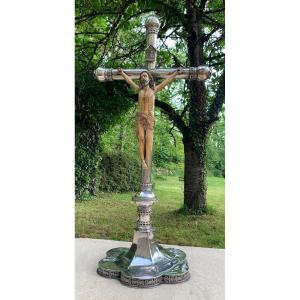HAUTE EPOQUE
Stunning goldsmithery colonial spanish gothic crucifix of Spanish, last 1/3 of 16th century and its 17th cty ivory carved and highlight painted Christ
* Large molten solid silver altar cross, chiseled and openwork from Gothic period. The cylindrical branches have spherical ends with fleuronated frills and are decorated with a cherub's head. The cross is decorated with leafy florets at the cross of the branches; Flattened sphere knot surrounded by a beaded disc. The large diameter base is made with 6 lobbes and its perimeter openwork with a symmetrical vegetable frieze.
Very rare BAR hallmark in a rectangular reserve, (not preceded by a cross as found on the Barcelona hallmarks of the early seventeenth century) reproduced 3 times - on the top of the base, the shaft and the stem. The goldsmith part also includes 2 marks of "striches" (brownfields?) (samples of material made in chips using a sharp tool, in zig-zags shape, to verify and check purety of silver in 17th and 18th centuries).
"This typology, with its cylindrical branches, its colerettes lined with florets and its openwork polylobbé foot undoubtedly refer to Renaissance, a style that lost in Spain later than in France, it seems reasonable to date this cross from last third of the16th century"
*and his colonial early 17th cty carved and highligths painted parts ivory Christ, "with stylized hair descending in wavy spades on his shoulders, bifid beard, perizonium with fringed edges adorned with ocelli, straight legs with feet superimposed in internal rotation"
The wounds are largely highlighted in red for blood, in contrast to the ivory, which is still a characteristic of these colonial work, but at the same time referring to the Iberian tradition.
In the major colonial ports of the time, local artists specializing in ivory carving, often anonymous, workied under European missionaries direction (especially Portuguese or Spanish); they produced luxurious objects for export to Europe, although some were also used to convert local populations to Catholicism. Ivory was a rare and precious material.
Most of statues of Christ, especially ivory, made from the beginning of the 17th century were brought back in Europe from the Spanish and Portuguese colonies to adorn older goldsmith's crosses preserved in Europe. That seems to me to be exactly the case here.
Ivory carved specimen, before 1947 July 1st, and therefore conforms to EC Regulation 338/97 of 06/12/1966 art 2-Wmc
"This spectacular cross, in very good condition, is one of the rare examples of mixed silver with ivory in the iberian goldsmithing art. Some collected in the peninsula treasures and museums. Classified in indo-portuguese art of 17th and 18th centuries, a large processional cross of this type is part of the Museum of the Holy Cross in La Vila Viçoza collection, in Portuguese Alentejo (please check last photo)
Our piece of silverware is also to be compared with another precious goldsmithery item preserved in Louvre Museum collections (Department of Art of the Middle Ages, Renaissance and Modern Times Main INV No OA 5566)
This monstrous reliquary of the Gothic period -dated from the early fifteenth century?, bears not only a hallmark "BA / RCK", earlier but close to that of our piece and also referring to a Barcelon production, but especially includes a hexagonal Gothic base of large diameter, with petals also slightly hollow, quite similar to our altar cross, and identically perforated on its edge.
Condition:
slight misses in the tips of the fingers of the hands and an old restoration on the right foot of Christ
Total 68 cm height (Christ alone 28.5 cm height)
The cross itself (981g) is chased on its base (1474g), so total weight for the 2 parts is more than 2.5kgs !
Expert Laurence FLIGNY office in Paris
Spanish guarantee certificate of 2016 attesting that the elephant ivory christ photographed predates 1947
Past (?) spanish auction description:
"Cruz abacial de plata espanola punzonada, Barcelone, ff. siglo XVI-pp. XVII
Cruz latina de seccion cilindrica con brazos rematados en bola con cuatro potencias. Vastago con nudo semisférico y arquillos sobre y bajo éste. Base hexagonal polilobulada con zocalo central calado de motivos vegetales. El cristo, tallado en marfil y policromado es de Escuela Indoportuguesa, siglo XVII-XVIII, co cuatroclavos, los ojosabiertos y perizonium con cenefa de circulos atadocon una cuerda. Elementos muy similares a los qur presenta un Cristo crucificado que aparece reproducido en Tardy "Les ivoires" , Vol II p 232
Se acompana de expertizacion realizada in 1986 por Don Jesus Ledesma Garcia-Yagüe, secretario General fde la Federacion Espanola de Anticuarios"
Bibliography
*C. ESTERAS MARTIN, La collection Alorda-Derksen, Plateria de los Siglios XIV -XVIIIe, 2006
*Estella MARCOS, Margarita M., La escultura barroca de marfil en Espana: las escuelas europeas y las coloniales, Madrid 1984, II, p.134
*Trusted, Marjorie, ed The making of sculpture: the materials and techniques of European sculpture. London. V&A Publications, 2007
*Trusted, Marjorie, Baroques and later ivories, Victoria & Albert Museum. London. 2013





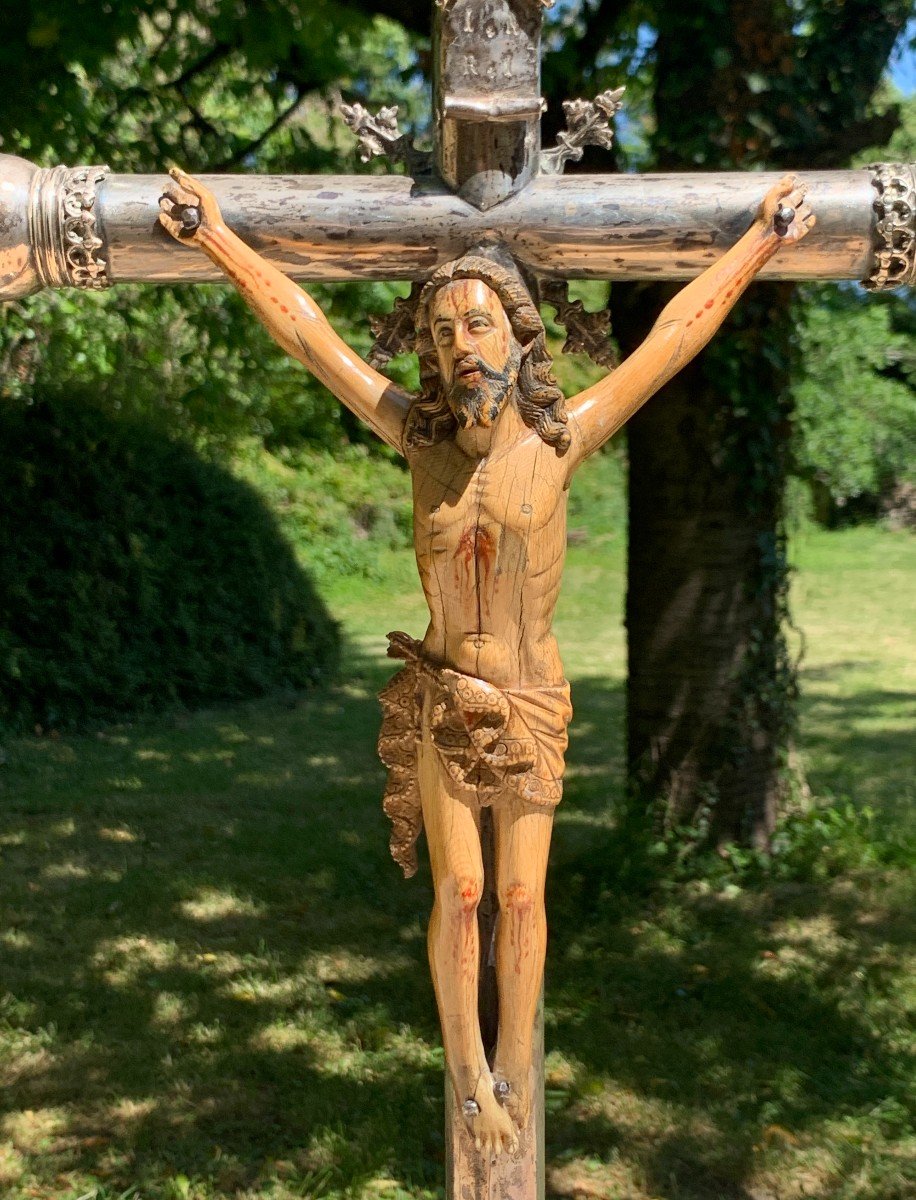




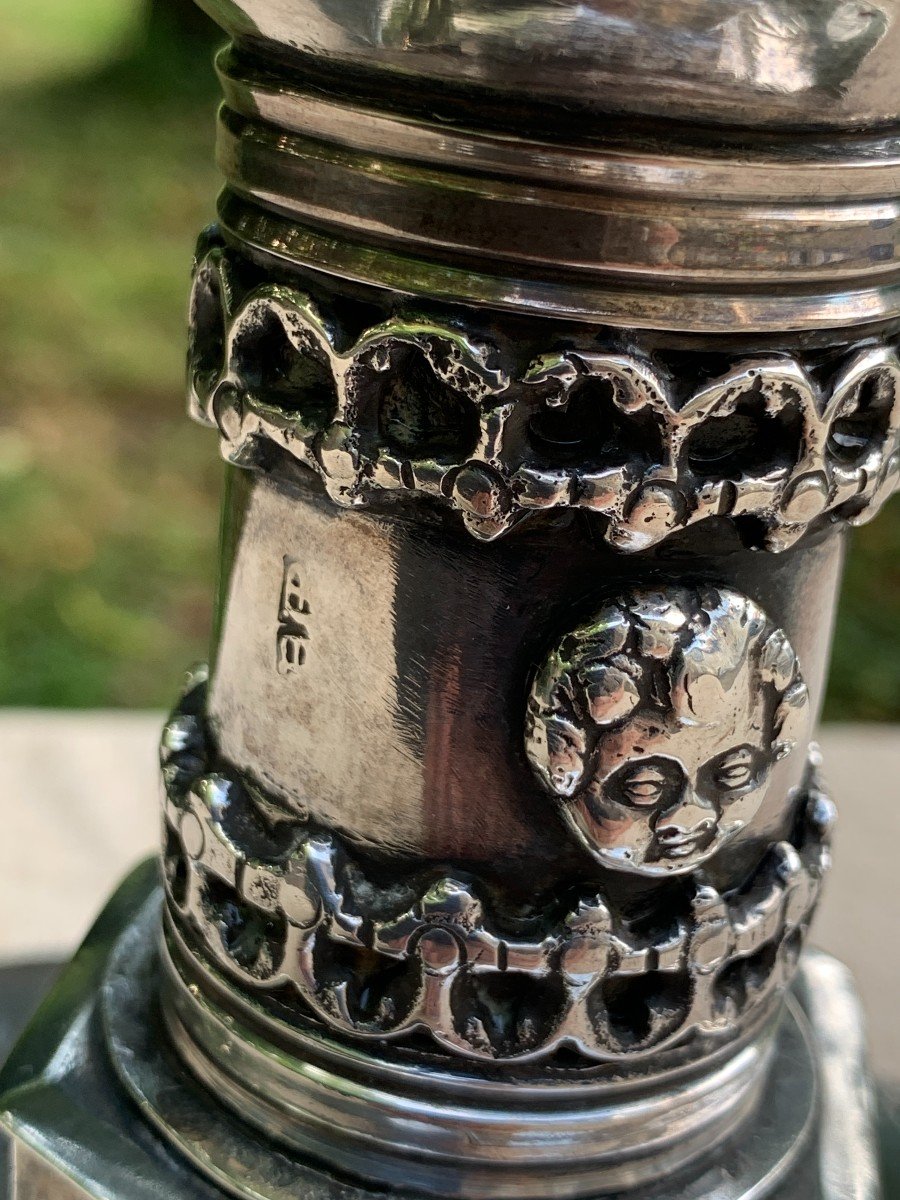

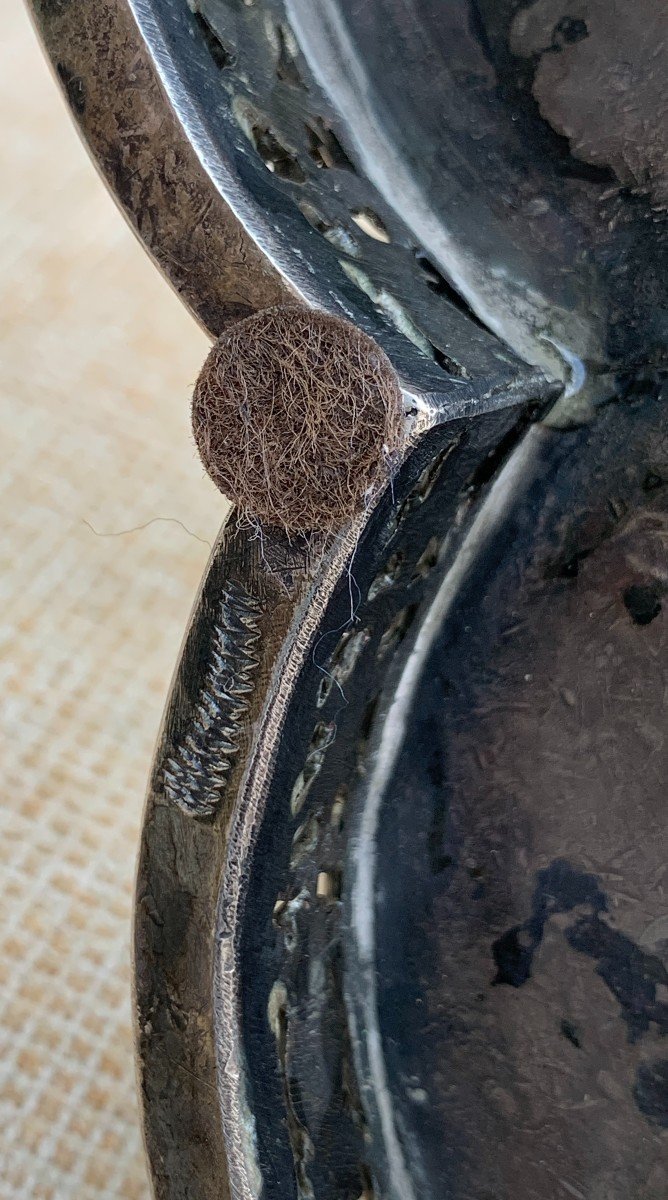
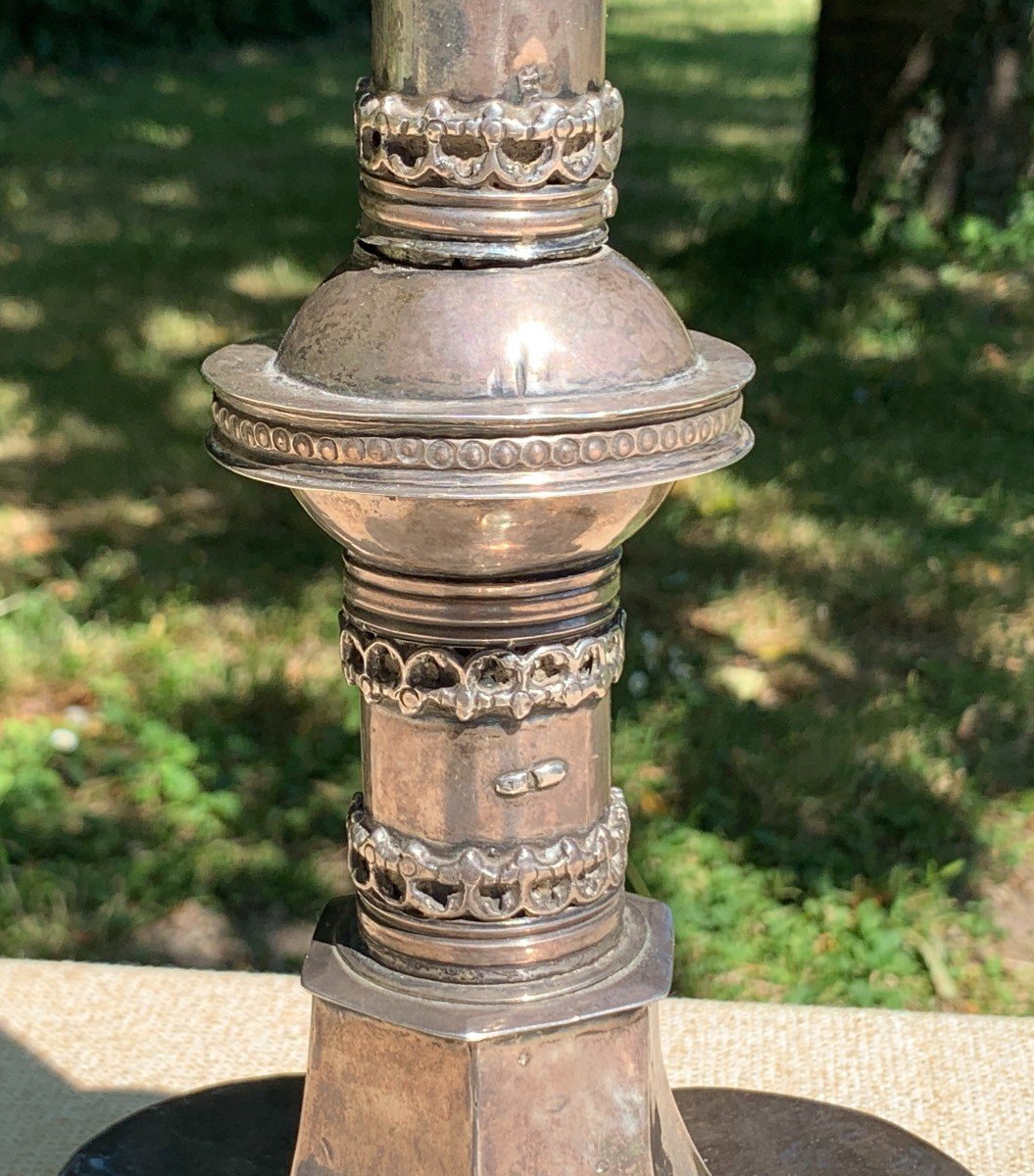









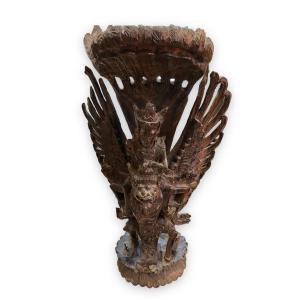
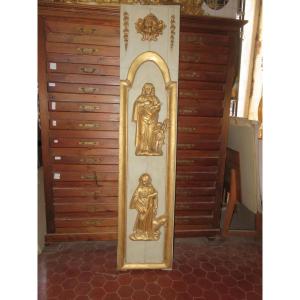





 Le Magazine de PROANTIC
Le Magazine de PROANTIC TRÉSORS Magazine
TRÉSORS Magazine Rivista Artiquariato
Rivista Artiquariato
